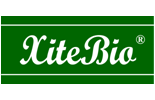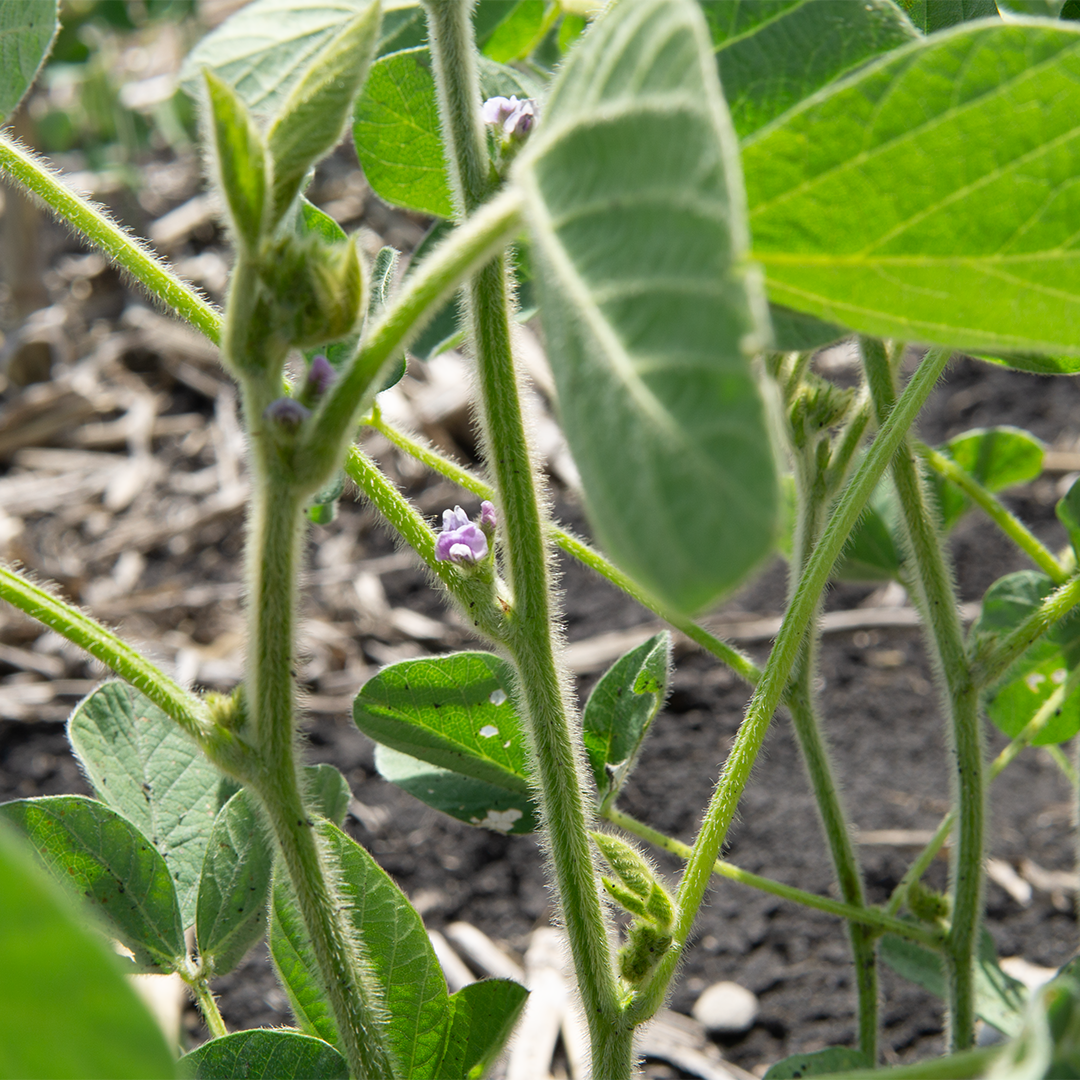Can soybeans still produce ROI even as the price of inputs and labour remain high? In this week’s edition of Growing Possibilities we ask, what crops seem to have the highest profitability, and what effect will that have on what farmers choose to plant in 2024?
Manitoba Agriculture recently released it’s cost of production estimates for 2024 (1). The report shows that despite (historically high) commodity prices, farmers will have to choose their crops carefully if they want to turn a profit. The numbers point to some of the best ROI coming from edible beans and soybeans. In the US analysts are also pointing to soybeans as a good choice with prices for the commodity holding steady (3).
In Manitoba the numbers show that farmers could fall into the red this year when planting wheat and corn, while soybeans, edible beans and canola remain profitable (1). Edible beans show the highest profit margin with pinto beans at the very top. At XiteBio we have done some trials in edible beans with our P-solubilizing ag-biological XiteBio® Vegi+ but it remains a specialty crop and not a mainstay for growers or retailers in our network. For mainstay crops like corn and wheat input prices have not fallen at the same rate as commodity prices. This means that famers need to carefully factor in all inputs, including paying themselves for labour, when calculating farm gate ROI for 2024 (2). However, analysts in both Canada and the US point to soybeans as a solid bet for 2024 (1, 3). Demand for oilseeds, for use as food and biofuels, has kept soybean prices steady while prices of other commodities have fallen from their highs in 2022 (3).
All legumes including soybeans have a secret weapon when it comes to reducing input costs. They can fix nitrogen (N) from the atmosphere using symbiotic relationships formed with rhizobia. This can occur naturally from rhizobia in the soil in fields where soybeans have been cultivated for years. But to ensure the best nodulation and N fixation, experts continue to suggest that the highest ROI comes from applying commercial inoculant (4). The use of N fixing inoculants can lower the cost of production by reducing the need for N fertilizer to be applied to the crop. The choice of which inoculant to use can affect ROI. We suggest always choosing a premium liquid inoculant like XiteBio® SoyRhizo® or XiteBio® PulseRhizo®.
Growers who want to take their soybeans to the next level this year should consider starting with XiteBio® OptiPlus® in-furrow dual inoculant. Our customers who use it swear by it. Saying that it has helped maintain yields even in drought conditions (5). This premium liquid inoculant fixes N and encourages root development and phosphorus uptake, helping growers to push their yields into profitability. What farmers choose to plant in 2024, and what inputs they choose is still a question that will only be answered later in spring. But choosing inputs that are easy to use and produce proven ROI is a winning combination for farmers in a tight commodity market. Together we can produce healthier plants and better yields.
References:
1. https://www.gov.mb.ca/agriculture/farm-management/production-economics/pubs/cop-crop-production.pdf
2. https://www.winnipegfreepress.com/business/2024/01/06/harder-for-farmers-to-turn-profit-as-costs-climb
3. https://www.seedworld.com/soybeans-drive-demand-in-2024-as-margins-tighten/
4. https://www.farmweeknow.com/opinion/profitability_for_the_future/illinois-farmers-will-see-a-positive-roi-from-soybean-inoculants-in-2022/article_b54dfc76-754e-11ec-aced-f7117c6cb6bd.html
5. https://youtu.be/D0Q5aHAqe6k?si=O3ETuLw9PldYWjOg


